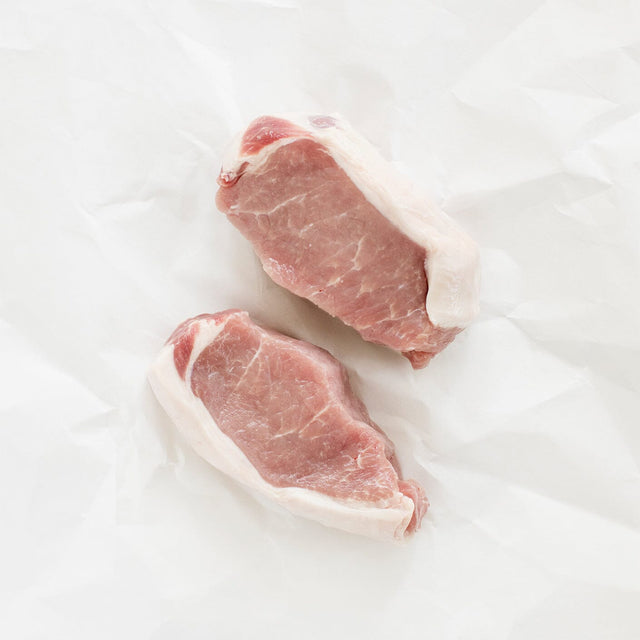In the spirit of summer, we’re answering these questions and more. So, fire it up — it’s grilling time.
The Importance of Preheating
Just like you would an oven, your grill also needs to be preheated.
Many charcoal grill aficionados swear by a chimney starter to get the charcoal to the right temperature before putting them in the grill’s base. Then, you can use venting and opening or closing the lid to control the heat build-up.
For gas grills, set the heat level and then keep the lid closed for 15 minutes to allow the surface to fully heat up.
The Right Temperature for the Right Meat
If you don’t have one already, consider purchasing a thermometer to clip to your grill grate. This will help you gauge temperature near the surface where you place your meat. While some people swear by the “hand test,” which involves holding your hand over the surface of the grill and determining temperature by how long you can stand the heat, using a thermometer is much more accurate.
Now, here’s an incomplete breakdown of foods you should grill at various temperatures:
- At 325 degrees F: Sausages and bratwursts, whole potatoes, fish or slow cooked larger pieces of meat, like pork tenderloin.
- At 350 degrees F: Bone-in chicken, thicker cut steaks, smaller tenderloins
- At 375-450 degrees F: Burgers, roasted corn, softer vegetables
- At 450-650 degrees F: Kebabs, skirt steaks
Let your chosen temperature be guided by the cooking process. For foods that cook quickly on the inside and just need a little color on the outside, hotter temperatures are better. For more delicate foods where you want a nice char, but also need to make sure the inside gets cooked well — like chicken — a lower heat will help ensure the outside doesn’t burn while you’re getting the inside finished.
In general, you don’t want to move your grilled items too much. Over-flipping can lead to uneven cooking and compromise your nice char marks. However, when cooking with very high heat, you will need to do more frequent turns to ensure the inside cooks to your desired temperature without burning the outside.
As with all cooking, becoming a grill master takes practice. Luckily, it’s bound to be a delicious process!
Ready to grill?



